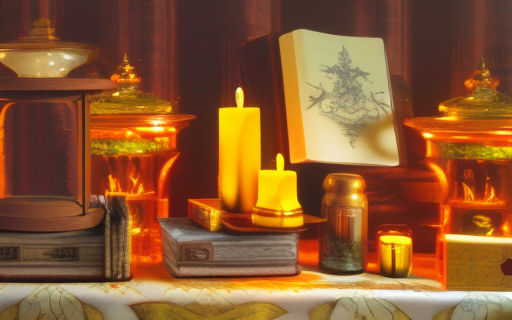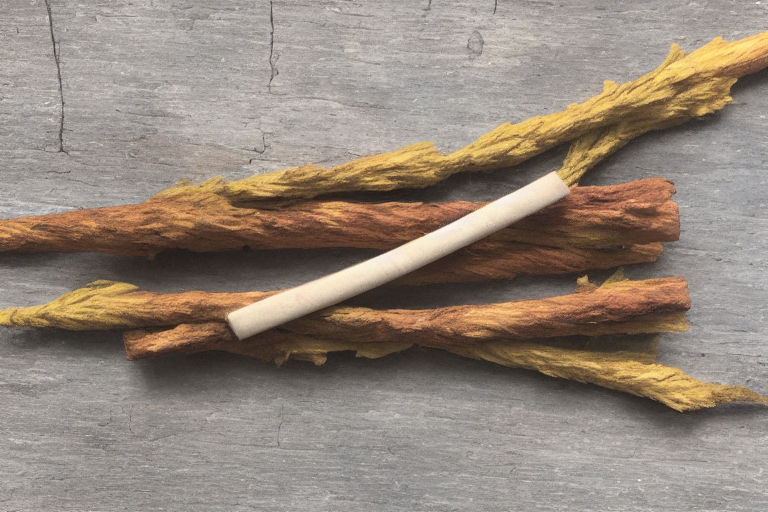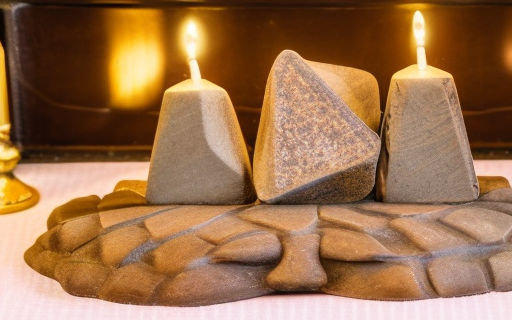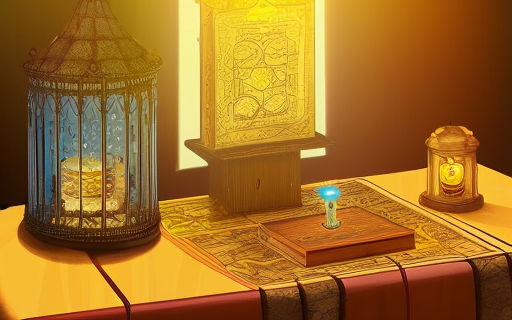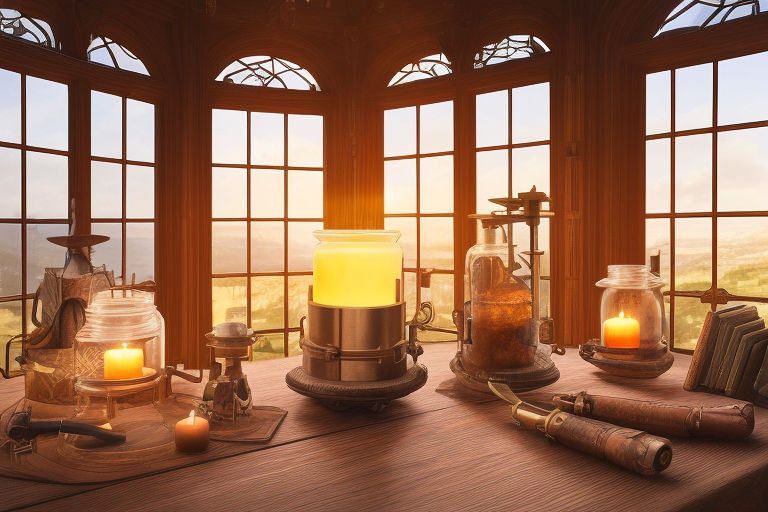The Significance and History of Autumn Equinox
The autumnal equinox is a seasonal event, marking the start of autumn. Autumn lasts until the winter solstice, which is December 21 or 22 in the Northern Hemisphere and June 20 or 21 in the Southern Hemisphere. Learn about this ancient Greek and Christian celebration.
Harvest moon
Harvest moons are often seen in the evenings just after sunset, around the time of the full moon. Their bright orange glow can be seen because they’re near the horizon. In North America, the first harvest moon in about 20 years was seen on September 22, 2010.
Harvest moons have long been associated with the harvest. Traditionally, the full moons around the equinox provided extra light during harvesting. This happens because the Moon’s orbit aligns with Earth’s tilt. The equinox also signals the end of summer and the beginning of autumn. It is also a sign that the days are getting shorter, leading up to the winter solstice.
The Autumn Equinox occurs twice per year and marks the beginning of autumn in the Northern Hemisphere. It is the day of the year when the length of day and night is equal in all regions. The harvest moon, which is the full moon nearest to the equinox, begins on September 20.
Many cultures around the world have a rich history of celebrating the equinox. Ancient peoples have celebrated the autumn equinox with religious festivals and rituals. People from many cultures have honoured the equinox as a transitional time. For example, in ancient China, the Shang Dynasty would make offerings to the moon and celebrate the fruitful harvest season.
Ancient Greek mythology
The ancient Greek mythology of autumn equinox tells of a girl named Persephone who was stolen by Hades, the God of Death. Persephone’s mother swore to keep the earth barren until her daughter was returned. Hades tricked Persephone into eating the seed of a pomegranate. This allowed her to survive the winter months and return to her mother, Demeter.
In ancient Greece, the fall equinox was celebrated by women with the Thesmophoria festival. In the city of Delos, the festival was celebrated on the day of the autumn equinox, a day which was preceded by a period of sexual abstinence. It was also a day of pig sacrifice, though it may have been possible to substitute a votary. In ancient Greece, women took time off from domestic work to celebrate the goddess Demeter.
In Greek mythology, the fall equinox marks the beginning of the agricultural year and the end of the Mysteries, which were festivals to initiate new members and commemorate the story of Demeter and Persephone. While the exact details of the rituals are unclear, these celebrations are believed to be connected to the agricultural calendar.
During the fall equinox, the harvest season begins, which in turn marks the beginning of fall. The harvest is also celebrated in the northern hemisphere. Throughout history, harvesting has been celebrated around the equinox, and ancient Greek mythology tells us the origins of this tradition.
Christian celebrations
The Autumnal Equinox is celebrated in many parts of the world, and in Christian traditions it’s a day of giving thanks for the summer’s harvest and preparation for winter. The day is also an important time for celebrating light and dark. While spring equinoxes bring thoughts of flowers and new life, the autumnal equinox is a time of dormancy, with shorter days and longer nights.
Observe the equinox by eating foods produced by the Earth. In particular, make an effort to eat locally-produced grains and produce. Avoid food that is transported long distances, as this causes environmental damage. Farmers markets are often open near the equinox, so you can try out local foods.
The autumnal equinox has pagan origins, beginning with the ancient harvest festival of Mabon, based on the Greek myth of Persephone. Historically, the day of the equinox was a time when farmers received their first harvest and began preparing for winter. It’s also a time when people gave thanks for the light that lasted throughout the year, and it was considered a good time to thank trees for their wisdom.
Likewise, pagan holidays have been incorporated into Christian traditions. In fact, Christian and pagan festivals are more closely tied than many Christians recognize. In some cultures, Christians have adopted pagan celebrations and linked them with saints. Even the name of Easter, for example, comes from an ancient pagan festival.
Traditions in Japan
The traditions of autumn equinox in Japan are rooted in Buddhist and Shinto traditions. In the past, the emperor would celebrate the equinox with a ceremony where he would worship his ancestors. Nowadays, the day is celebrated as a national holiday called shuubun-no-hi. On this day, people gather at Buddhist temples and visit graves of family members.
During this day, Japanese people revere their dead ancestors, cleaning their graves and decorating their funeral homes with flowers. They also hold special family reunions in honor of their departed relatives. The Japanese believe that the worlds are thinnest during the autumn equinox, and on this day, they pray for the repose of their ancestors.
The Japanese also put flowers and food offerings on the Buddhist Altar in commemoration of the equinox. The traditional plant offerings for the equinox are called botamochi, and are a symbol of the autumn season. Both botamochi and ohagi are flowers, but differ slightly in the type of flower that is used. Hagi and Peony are the two most popular flowers for these offerings.
As the weather cools, people enjoy outdoor activities. They walk in city parks, visit grave sites, and visit family members. They also witness the blooming of the red spider lily, which is characterized by its firework-like flowers. These flowers bloom in most parks and are especially beautiful during the autumn equinox.
Chinese celebration
The Chinese celebrate the Autumn Equinox in various ways. In rural areas, they collect wild amaranth and boil it into soup, called qiutang, which is believed to cleanse the liver. Farmers also give away paintings of their cattle in the field, which is considered an auspicious gift. A man who is good at singing and speaking is called a qiuguan, who gives out these paintings to every household in his village. In addition, people also give each other money or gifts in exchange for good fortune.
According to the traditional Chinese lunar calendar, the Autumn Equinox falls between Sept 23 and Oct 8, and marks the middle of autumn. After the Equinox, the position of direct sunlight shifts southward, resulting in cooler temperatures and more precipitation. During this time, most parts of China are now in cool autumn, and the sun is rising to the south.
The Chinese celebrate the Autumn Equinox in a variety of ways, and the traditions surrounding it are ancient and rich. The celebrations began during the harvest season and evolved into a broader celebration of autumn’s bounty. The festival is often marked with a celebration of the Moon Goddess, which is worshipped throughout the land and is associated with prosperity and abundance.
The Chinese celebration of the Autumn Equinox also includes a folklore festival. The Kaizhang Sage Ruler, also known as Sage Ruler Chen, was a military officer during the Tang Dynasty. He was also a revered eudemon and made significant contributions to his hometown.
Wiccan sabbat
The Wiccan sabbat and autumnal equinox are important rites for Wiccans. These rituals help us restore our balance and honor the cycles of nature. Many pagan practices include gathering at the sabbat site to worship the gods, preparing altars and eating traditional feasts.
The sabbats have many names. They include the Harvest Home, Second Harvest, Wine Harvest, and Harvest Tide. A more recent name for the Sabbat is Mabon. This name was derived from a Welsh mythological figure who is connected to a divine mother and son pair. This reflects the duality of the Goddess and God.
The Wiccan sabbat and autumnal equinox are important to the Wiccans because they believe that the Wheel of the Year can ride smoothly and easily. Each phase of life is welcome and brings unique gifts. It is also a time for renewing vows and other important rituals.
As with any Wiccan ritual, you should use seasonal symbols to celebrate this time. Use objects such as apples and pumpkins to bring about abundance and harmony. These items may also represent other spiritual qualities like self-confidence and protection. Moreover, you may want to use autumnal colour schemes on your altar, as they represent the changing seasons.
The autumn equinox and the autumn harvest are closely connected. Ancient Celts and pagans celebrated this festival as well. They prayed for good harvests so that their crops would last the winter. They also lit fires to honor their gods, offering offerings and making sacrifices. Modern pagans also celebrate the autumn equinox, with rituals focused on the home, security, and sharing with others.


